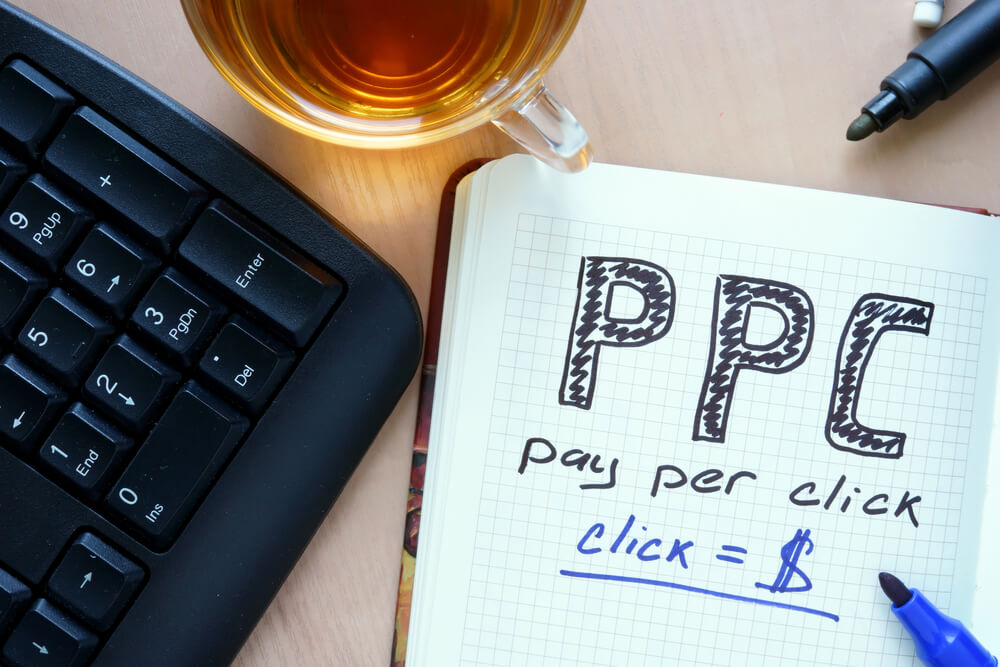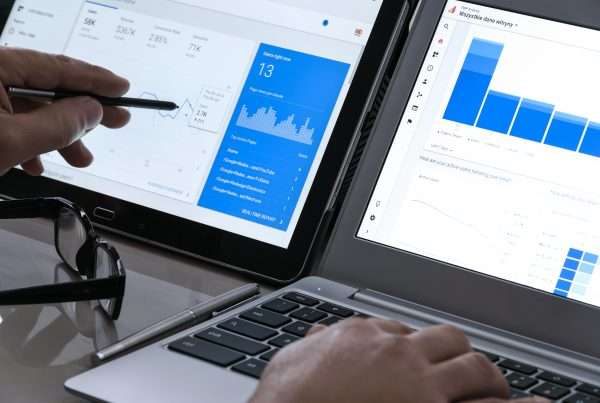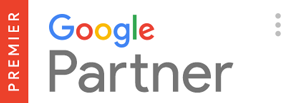When implemented correctly, PPC is a great way to drive traffic to your site. It’s exciting to see spikes in web traffic attributed to your PPC efforts. That must mean it’s working, right?
Yes and no.
Clicks are a great ego boost, but do those clicks actually make a difference for your brand? When it comes to ROI, clicks and conversions are very different.
This is the biggest PPC pitfall: buying clicks that don’t lead to new business. While it’s true that you’ll always have a fraction of disinterested clicks, marketers can minimize these clicks for better results.
Whether you’re plagued by irrelevant clicks, or worse, your conversions are dead on arrival, it’s time to change your campaign strategy. The best way to regain your PPC ROI is to prequalify leads from your campaigns.
What Does it Mean to Qualify Traffic?
Site clicks can be valuable for your brand, but exposure doesn’t pay the bills. You need real results from PPC to make the endeavor worthwhile.
Lead qualification, or prequalifying, helps you do just that. Prequalifying increases the likelihood that the people viewing, clicking, and converting on your ads are your ideal customers.
Prequalification decreases irrelevant clicks and conversions. While you might see lower click rates with prequalification, it will improve your conversion rates for the long haul.
5 Ways to Prequalify PPC Traffic
Improve your conversion rates and cut down on the time you spend chasing dead leads. Prequalification is a smart PPC practice that any budget-conscious marketer should implement for better results.
Here are five ways you can integrate prequalification in your next PPC campaign.
1. Plan Campaigns Carefully
Campaign structure can make or break your prequalification process. Ad groups need to target relevant keywords. The ads for each ad group also need to fit in together. If they don’t, you’ll confuse users and see lower conversion rates.
Ad extensions greatly improve lead quality and they don’t cost you a dime. Always turn on ad extensions that are most relevant to your ad group.
For example, callout extensions help you highlight important points or messaging. If you only work with certain types of customers or businesses, this is a great way to highlight that language. Price extensions can help you display your costs upfront, attracting only users who have the budget for your services.
2. What Counts as a Conversion?
No two conversions are alike. Your brand’s needs and campaign goals will affect how you classify customer action.
Is a white paper download a conversion, or does that happen when someone buys an online course? Think about your desired customer action and how it affects your business.
Be as granular as possible here. Inside Google Analytics you can even dictate that a certain customer spend counts as a conversion. This is a great option for eCommerce brands looking for loyal, regular buyers.
You need to understand your conversion definitions before you prequalify users. This will help you focus on how you need users to interact with your brand.
3. Watch Your Language
Language has the power to shape reality. That’s why word choice matters for prequalifying your PPC traffic.
For example, if you’re a luxury brand, don’t use words like “cheap,” “sale,” or “free” in your PPC ad. This will attract bargain-seeking users who don’t fit with your offerings. The same is true for bargain brands; don’t bill yourself as “high-end” or “luxury” if you’re known for affordability.
Always adjust your target keywords for every ad group. Specific, long-tail keywords might get fewer clicks, but they’ll bring in far more prequalified traffic.
4. Use Your Audience Personas
Prequalification is based on audience behavior. Use demographic factors to drill down and understand your target audience for each campaign and ad group. Look at factors like age, location, job title, and more.
From these demographic factors, create customer personas. You’ll want one persona for each ad group within a campaign. This ensures that you write hyper-focused ads tailored to your personas from the start.
For example, if you sell phone service to B2B clients, you wouldn’t target residential customers. The personas would guide you to choose B2B-centric language to attract your ideal customer, B2B business owners.
Customer data also helps you sharpen your landing pages. While PPC ads are important, the landing page needs to deliver on the promises of that PPC ad. Create a unique landing page for each ad group. It’s more work, but this gives users a more personalized experience.
If you’re in a pinch, Google offers dynamic search ads, which adjust copy to personalize the experience for each PPC click.
And remember, Google isn’t the only search engine. Be where your customers are. Do they spend their time on Google or are they searching on Pinterest, YouTube, or Amazon? Do your research to get it right from the start.

5. Optimize and Split Test
Many marketers tout the benefits of split testing. So why don’t more marketers implementing split testing?
PPC changes all the time. Your audience needs can change on a whim, too. That’s why it’s so critical to test your ad copy, landing pages, extensions, and more.
Google Ads has several features to make this easier for you, including ad rotations and dynamic text ads.
The Bottom Line
Prequalification is all about understanding your audience. Connect your goals and your ideal audience. This will help you create empathetic PPC campaigns that not only improve the customer journey but that improve your sales.
We can’t eliminate all irrelevant clicks in PPC, but we can follow these five best practices to earn more qualified traffic. Make better use of your marketing budget and your sales team’s time. Don’t panic if you see fewer clicks with this approach; the proof will be in your bank account.
Logical Media Group is an experienced PPC strategy firm that can help you prequalify your leads without the fuss. Chat with us now to improve your PPC campaigns.








